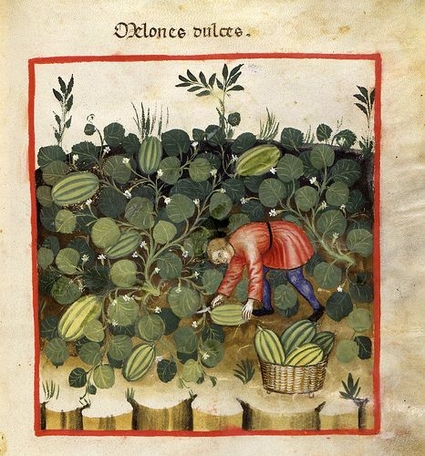Project description
In the context of an urgent ecological dynamic and a growing need for transparency and local products, the project offers consumers an enchanting environment in which they can evolve. The current crisis creates a space for new forms, capable of inspiring change, and elficology is one of them. If the term may make you smile, it does not refer only to the search for elves. According to the creator of the neologism, Pierre Dubois elficologist himself, it is defined as "the ecology of the soul". For him, it is an approach that "wanders in worlds that are created as they are explored".
With this in mind, Cooking Ghosts can be developed in several points:
1- Research within Mediamatic: The access to the garden would be an ideal place to capture natural elements of all kinds, slug slime, dandelions...Some elven dishes really did exist in the past, especially during periods of famine (such as fern bread in the Middle Ages), thus linking this project to Guerilla Hortus Amsterdam where these forgotten heritages and technologies offer an original reading of the past that resonates with our contemporary needs. With the help of Odorama it would be possible to develop smells and ways of capturing for exemple the "moon mist and water lily incense" or preparing a slug slime liqueur, etc. Some particularly daring recipes will require the skills of a botanist to avoid the toxicity of certain elements intended to be ingested.
2- Harvesting: The audience is invited to harvest the morning dew, to make flour with fern roots, to collect dandelions for wine... thanks to devices developed during the experimentation and research phase. Being active in the harvesting allows the consumer to become aware of his environment and its precious resources. For the purposes of the short circuit, it is important to cook the food of the local elves and goblins, the kabouter, for example.
3- The cuisine: How to cook the morning dew? or the vapours of dawn? Thanks to the chefs of Mediamatic Eten a poetic cuisine of landscapes and sensations, as if one could cook emotions, could be developed.
4- Tasting/dinner: The public is invited to a gustatory, sensory and performative experience around a dinner. Indeed, the mention of improbable ingredients such as hatching bird soup and goblins who "take ten times everything" naturally invites performance. The eating utensils will be equally important : How do you eat the vapours of dawn?
Possible ways to expand the project
If I were to go further, I would act as an explorer of elven flavours and smells by travelling in search of these new materials, to countries such as Ireland or Iceland, places where elven culture plays an important role.
Personal introduction
I am a designer of ignored, marginalized, irrational and even false knowledge. By tracking down practices that explore alternative forms of truth, sometimes unfairly mocked and sometimes rightfully controversial, I design a grey area that seeks to reveal certain belief and value systems that exist in authentic and constructed realities.
If you want to know more about my work :
Dezeen -pauline-rip-cultural-artefacts-bigfoot-elves-reptilian-humanoids/
https://studiopzulini.cargo.site/
Estimated costs
I think the project requires several months of research and production to achieve a quality project (about 6 months). Not being sure of the costs that the techniques involved (such as distillation) would generate I can only imagine that the project requires a budget of about 5000 euros.
This proposal is part of the 'Penny for your Thoughts' project in 2022.




